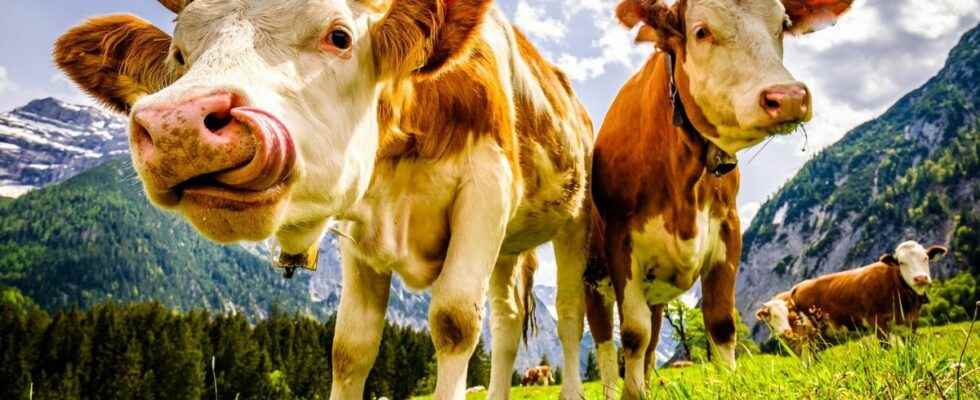Published on
Updated
Reading 2 mins.
They are called JBS, Tyson, Dairy Farmers of America or Danone. If the fifteen largest meat and dairy companies in the world formed a country, this hypothetical nation would be the tenth largest emitter of greenhouse gases. The methane generated by their activity is equivalent to more than 80% of the European Union’s methane footprint.
More powerful than carbon dioxide, methane released from manure, but also during the digestion phase of ruminants, is one of the main greenhouse gases. If its lifetime in the atmosphere is about twelve years, this gas is responsible for 25% of the rise in temperatures since the pre-industrial era. At the last COP27, a commitment was made to reduce methane emissions by 30% by 2030. In 2021, the subject was already on the table of this UN meeting since a “global pact on methane” had been signed by 103 countries at the start. According to IPCC estimates, it would be necessary to reduce emissions by 45% by 2030 to hope to limit a rise in temperature of 0.3°C in 2040, and even 0.8°C at the end of the century.
Nevertheless, according to the results of a report by L’Institute for Agriculture and Trade Policy and the Changing Markets Foundation, efforts should not just be made by states. Five large meat companies as well as ten multinational dairy products have a methane balance that exceeds that of Australia, Russia or Canada. If we only take into account the methane emissions generated by the activity of the juggernaut of meat production in the world, namely the American multinational JBS known for its gigantic slaughterhouses in Chicago, they exceed the methane emissions of livestock of France, Germany, Canada and New Zealand combined.
In the land of kiwis precisely, anger is brewing among farmers who fear the tax on cow farts proposed in a bill. The New Zealand government aims to reduce methane emissions by 20% with this measure.
However, ruminant digestion symptoms are not the only generator of methane. Manure also releases it and constitutes a contaminant when its nitrates and ammonia reach the ground or the air.
